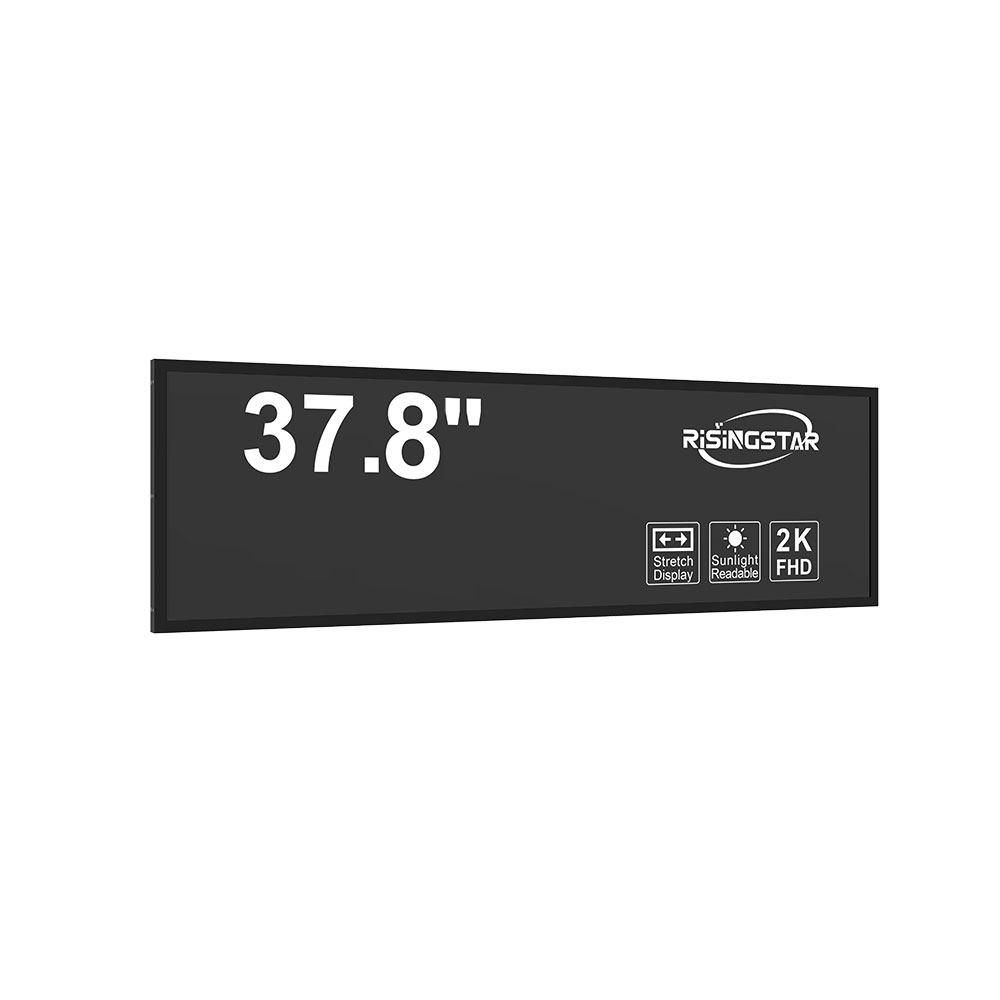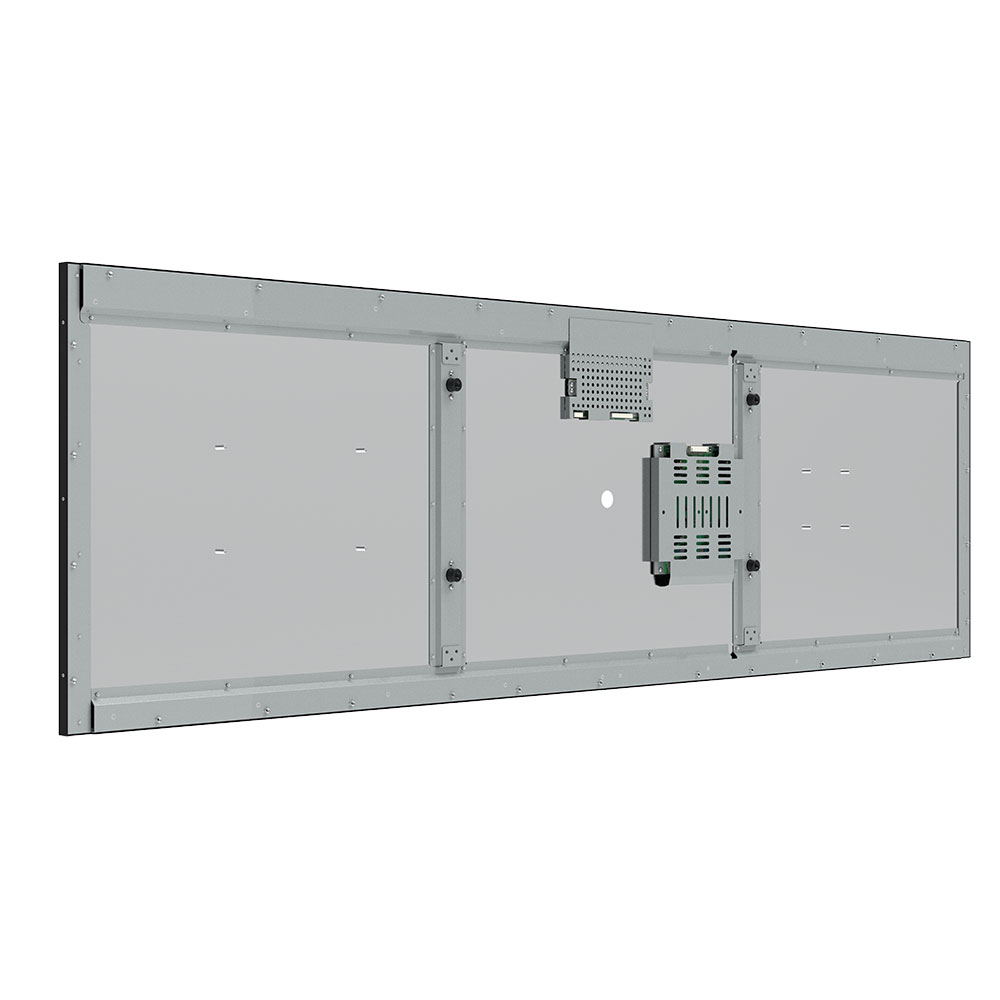
Privacy statement: Your privacy is very important to Us. Our company promises not to disclose your personal information to any external company without your explicit permission.
When deploying an outdoor LCD screen in commercial, industrial, or public environments, selecting the right display is critical—not only for ensuring clear visibility under varying lighting conditions but also for maintaining long-term durability against weather, UV exposure, and physical wear. As a professional outdoor LCD screen engineer with over 12 years of experience designing and implementing high-performance displays across North America, Europe, and Asia, I’ve seen firsthand how choosing the wrong screen can lead to premature failure, maintenance costs, and poor user engagement.
The first key consideration is brightness. For outdoor use, a minimum luminance of 5,000 nits is recommended by the Society of Motion Picture and Television Engineers (SMPTE), while premium applications—such as digital signage in direct sunlight—require 7,000–10,000 nits. Standard indoor screens (300–500 nits) fail dramatically in daylight, making brightness not just a feature but a necessity.
Next, evaluate environmental resilience. Look for displays with IP65 or higher ratings for dust and water resistance, especially if the unit will be exposed to rain, snow, or high humidity. In colder climates, ensure the screen supports wide operating temperature ranges—typically -20°C to +60°C—to prevent thermal stress on internal components. Industry standards like MIL-STD-810G for shock and vibration resistance are essential for installations near traffic or in industrial zones.
Contrast ratio and viewing angles matter too. High contrast (1000:1 or better) ensures legibility even when ambient light fluctuates, while wide viewing angles (170° horizontal/vertical) allow viewers from multiple directions to see content clearly—an advantage for kiosks, transit boards, and retail signage.

LED backlighting offers superior energy efficiency and longevity compared to CCFL systems. OLEDs are not ideal for outdoor use due to faster degradation under UV exposure. Always verify manufacturer certifications such as CE, FCC, and RoHS compliance for safety and environmental standards.
Finally, consider remote management capabilities. Modern outdoor LCDs often include built-in Wi-Fi, Ethernet, and cloud-based control systems that simplify content updates and diagnostics without on-site visits—a crucial factor for multi-location deployments.

In summary, the best outdoor LCD screens combine high brightness, rugged construction, optimal contrast, and smart connectivity. By prioritizing these technical specifications based on real-world performance data from projects like Times Square billboards, airport information displays, and smart city installations, businesses can achieve both visual impact and operational reliability.

Email to this supplier

Privacy statement: Your privacy is very important to Us. Our company promises not to disclose your personal information to any external company without your explicit permission.